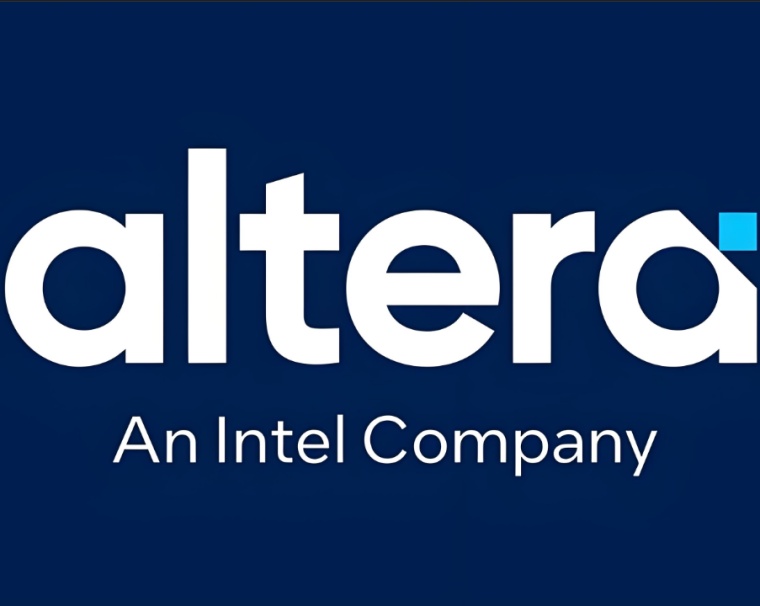Exploring the Versatility of the EP2S30F672I4N FPGA for Advanced Embedded Systems
The EP2S30F672I4N, a high-performance FPGA from Intel (formerly Altera), is a cornerstone for embedded systems, digital signal processing (DSP), and high-speed communication applications. This article delves into its architecture, key features, and real-world applications, offering insights for engineers and developers seeking robust solutions.
Architecture and Key Features
The EP2S30F672I4N belongs to the Stratix® II family, featuring 30,000 logic elements (LEs), 672-pin FineLine BGA packaging, and 1.2V core voltage. Its high-speed transceivers support data rates up to 6.375 Gbps, making it ideal for serdes applications. The chip also integrates embedded memory blocks (M4K and M512), DSP blocks, and phase-locked loops (PLLs) for clock management.
Applications in Modern Technology
1. Telecommunications: The EP2S30F672I4N excels in 5G base stations and optical networking, leveraging its low-latency processing and high bandwidth.
2. Industrial Automation: Its real-time control capabilities enhance robotics and PLC systems.

3. Military and Aerospace: The FPGA’s radiation-tolerant design ensures reliability in satellite communications and defense systems.
4. Medical Imaging: With parallel processing power, it accelerates MRI and ultrasound data analysis.
5. Automotive: Supports ADAS (Advanced Driver Assistance Systems) with high-speed sensor fusion.
Why Choose the EP2S30F672I4N?
Engineers favor this FPGA for its scalability, low power consumption, and ease of integration. Its reprogrammable logic allows for future-proof designs, reducing time-to-market for innovative products.
Conclusion by ICgoodFind
The EP2S30F672I4N stands out as a flexible, high-performance solution for cutting-edge electronics. Whether for telecom, industrial, or military use, its advanced features deliver unmatched efficiency.
Popular Keywords: FPGA、embedded systems、Stratix II、high-speed transceivers、5G base stations
